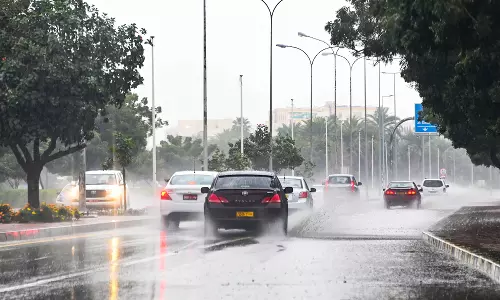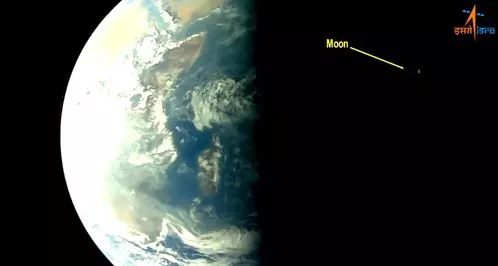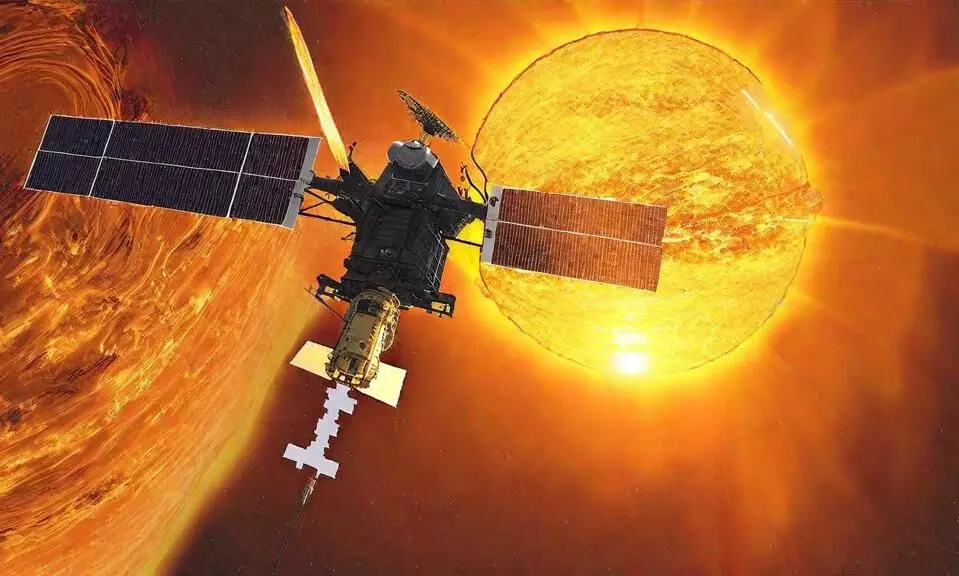
Aditya-L1 escapes Earth's sphere of influence: ISRO
text_fieldsChennai: Indian Space Research Organisation (ISRO) on Saturday announced that India’s solar observatory mission Aditya-L1 has successfully escaped the sphere of Earth’s influence and travelled over 9.2 lakh km till date.
According to the Indian space agency, the Aditya-L1 is now navigating its path towards the Sun-Earth Lagrange Point 1 (L1).
"This is the second time in succession that ISRO could send a spacecraft outside the sphere of influence of the Earth, the first time being the Mars Orbiter Mission," it said.
This is also the fifth consecutive time the ISRO has successfully transferred an object on a trajectory toward another celestial body or location in space. It has transferred its spacecraft thrice towards the moon and once towards Mars.
The Aditya-L1 was orbited in low earth orbit (LEO) on September 2 by Indian rocket, Polar Satellite Launch Vehicle –XL (PSLV-XL) variant.
The spacecraft’s orbit has been raised by the ISRO four times since then.
As the spacecraft travels towards Lagrange Point (L1) after exiting the earth’s gravitational sphere of Influence (SOI), the cruise phase will start and subsequently, it will be injected into a large halo orbit around the L1 -- the point where the gravitational pull of two large bodies – Sun and Earth - will be equal and hence the spacecraft will not gravitate towards any one of them.
The total travel time from launch to L1 would take about four months for Aditya-L1 and the distance will be about 1.5 million km from the Earth.
With inputs from IANS

























